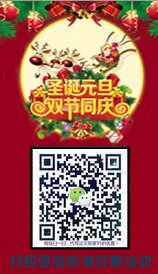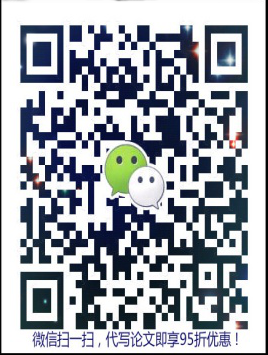On Translation of Tourist Material [2]
论文作者:马锦英论文属性:短文 essay登出时间:2009-04-02编辑:黄丽樱点击率:35811
论文字数:7325论文编号:org200904022048411653语种:英语 English地区:中国价格:免费论文
关键词:tourist materialslanguageculturetranslationDifferent
e reading, their interest can be aroused. The language features will usually be found as the follows in Chinese tourist materials: (a) Metaphor, anti
thesis, four-character phrases are normally employed. In particular four-character phrases are widely preferred for its level and obliq0每”. “木”(tree) embodies 梅 is related to trees, at the same time, 梅has the same pronunciation as “每” . However, English is quite different. We can hardly find any direct relationship between the form of a word and its meaning. That is to say, the Chinese emphasizes the integrative thinking while the English emphasizes the individual thinking.%in understanding the same materials. Therefore translators should adopt proper methods to adjust the version, giving priority to the understanding of translated version and helping readers apprehend the materials.
3. Tourism Language and Translation
(1) Tourist material is a kind of practical type of writing. In addition to its practicality, knowledge and conciseness of language, it is usually descriptive. As tourist material is for the specially designated readers, the intuitive effect of language must be taken into consideration. In other words, readers can get the image while reading, their interest can be aroused. The language features will usually be found as the follows in Chinese tourist materials: (a) Metaphor, antithesis, four-character phrases are normally employed. In particular four-character phrases are widely preferred for its level and oblique tones, smoothness in syllable, harmony in rhyme. (b) Use of classical writing pattern so as to make language elegant and grave, adding literary grace. (c) Quotation of exquisite lines to help tourists enjoy beautiful scenery.
From the illustrations above, we can perceive that the writing of tourist material in Chinese is quite different from that of English-speaking countries, which are relatively more frank. So when dealing with flowery descriptions or hard allusions, devices like deleting and paraphrasing should be employed to make versions concise and understandable.
%in tourist material is not merely a description of natural scenery. More often than not, it permeates with the historic site, such as anecdotes, legends, and inscriptions by personages as well as classical gardens of unique architecture. To put it properly in another language is by no means an easy job. Through explanations or analogy of those Chinese-unique cultures, foreign readers may find more interest in China’s culture and their motive to visit China may be raised. >
It is first of all a comprehensive system consisting of various aspects of the society in which it functions. The components of a culture include both material and moral, concrete and abstract, surface and deep elements, which are interdependent on one another. The lack of any one of these factors will inevitably affect the culture as a whole.
Besides, a culture has some dynamic qualities, which is reflected in such term as “learned”, “acquired”, and “knowledge”. Rather than something one is born with, a c3C/P>
So it is necessary to adjust the sentences in order to make the translated version readable, meeting their way of thinking.
(3) Moreover, scenery in tourist material is not merely a description of natural scenery. More often than not, it permeates with the historic site, such as anecdotes, legends, and inscriptions by personages as well as classical gardens of unique architecture. To put it properly in another
本论文由英语论文网提供整理,提供论文代写,英语论文代写,代写论文,代写英语论文,代写留学生论文,代写英文论文,留学生论文代写相关核心关键词搜索。

 英国
英国 澳大利亚
澳大利亚 美国
美国 加拿大
加拿大 新西兰
新西兰 新加坡
新加坡 香港
香港 日本
日本 韩国
韩国 法国
法国 德国
德国 爱尔兰
爱尔兰 瑞士
瑞士 荷兰
荷兰 俄罗斯
俄罗斯 西班牙
西班牙 马来西亚
马来西亚 南非
南非






